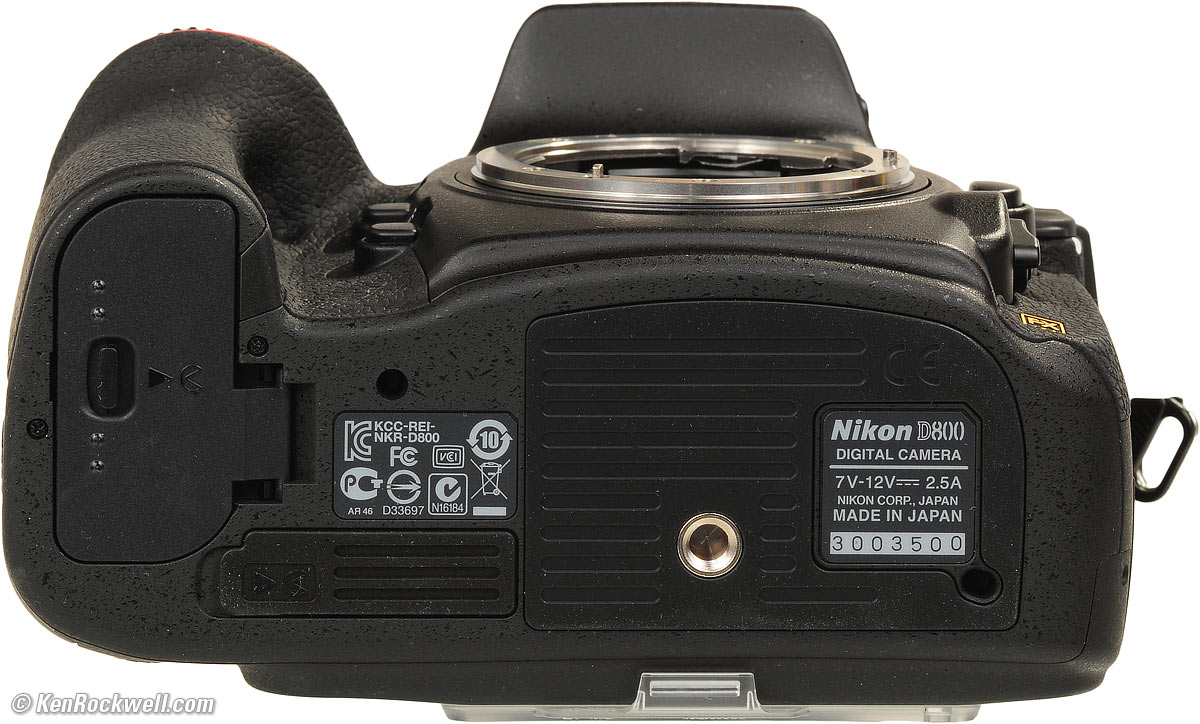

In fact, a new improved model was planned, retaining the non-standard frame format.
#Check nikon serial number for us market full
Why Nippon Kogaku was reluctant to go all the way to the widely accepted standard size, is not fully understood, the camera itself seems prepared to accommodate the full frame size for the vast majority of situations.

Nippon Kogaku had settled for an intermediate frame format of 24 × 34 mm, hoping to find acceptance on the export market. This model is recognised by the M preceding the body number.

In consequence, the Nikon M was introduced in the autumn 1949. However, the camera never caught on, because the US administration in Tokyo did not permit export to the US due to the non standard format, incompatible with the Kodak slide mounts. The factory chose the 24 × 32 mm frame size pioneered by the Minolta 35 launched a year earlier by Chiyoda Kogaku, known as the Nippon format, which yielded more frames per length of film, and matched more closely the common paper sizes. The original Nikon I, as introduced in 1948, had no flash synchronisation, but was otherwise a fully-fledged up-to-date rangefinder camera. After careful studies of these, Nippon Kogaku had decided to base their camera on the Contax, but substitute the complicated shutter design for the cloth focal plane shutter of the Leica, these being considered the best features from either camera. The camera design was strongly inspired by the German Contax and Leica cameras. A demand to fit Nikkors to the reporters' Leicas were immediately met at the factory in Tokyo, and soon the word spread about these Japanese lenses which were just as good as, or possibly better than their German counterparts. The lenses draw special attention, like the Nikkor-P.C 1:2 f=8.5cm. At first, it was sold locally, and it did not come to the attention of the western media until 1950, when photographers from the Life magazine were shown photographs taken with these cameras. The original design was approved by September 1946, and the camera was released in March 1948. It is a 35mm rangefinder camera, in retrospect known as the Nikon I. The Nikon was the first camera introduced by the optical manufacturer Nippon Kogaku KK.


 0 kommentar(er)
0 kommentar(er)
